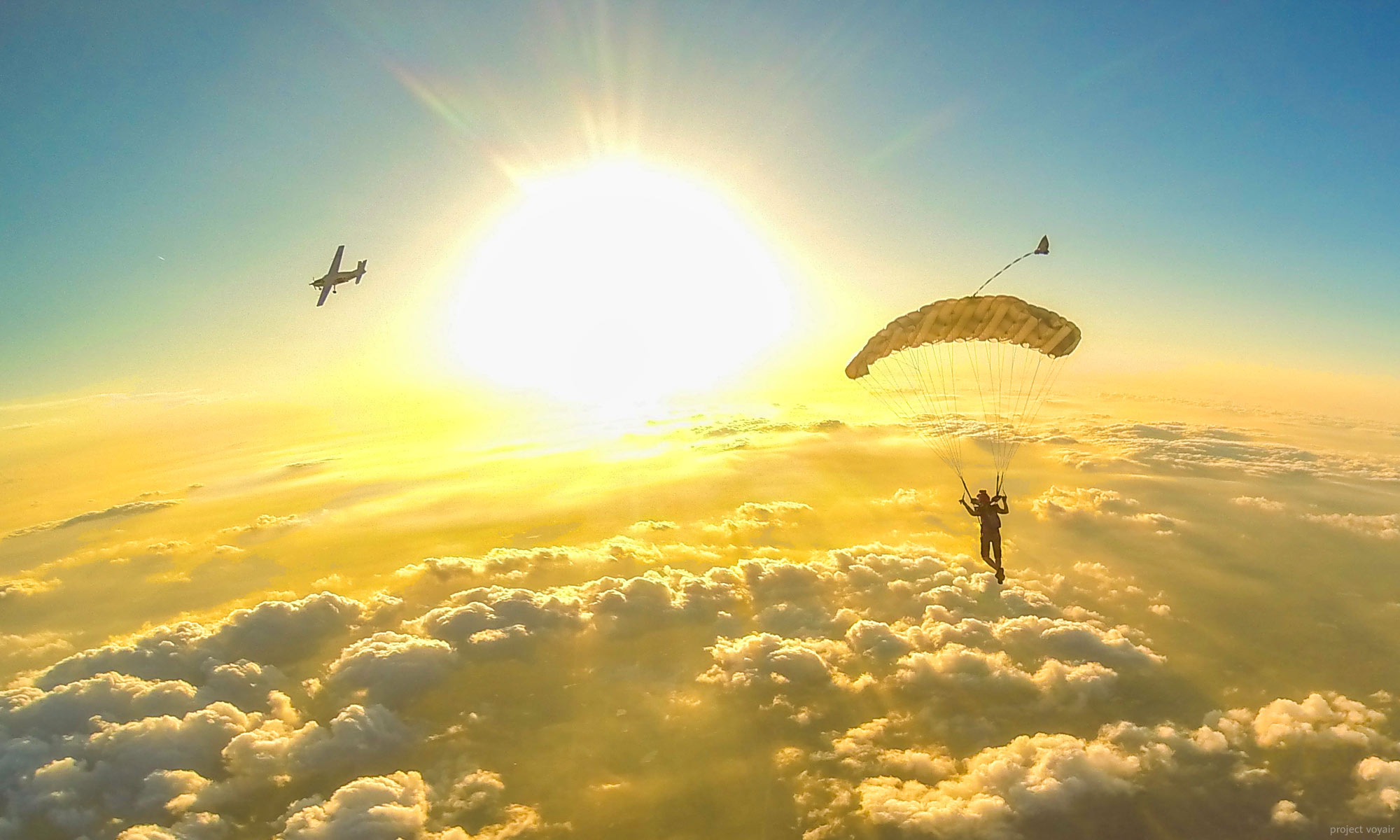If you’ve ever played sports, chances are good that you’ve heard a coach tell you or someone on your team to visualize doing it right when they were struggling with something. Some call this practice mental rehearsal, and it’s a completely valid strategy to increase performance, because you’re training your brain to perform to the standards of that visualization.
Visualization can help you respond more quickly when faced with emergency situations, perform a more stable exit or a better track, land more softly, etc. Skydivers from STP students all the way up to world-class competitive jumpers visualize their jumps beforehand to improve their performance. While you’re learning to skydive, better performance may mean few or no repeated levels and a shorter time to your A license.
So let’s think about what visualizing good performance on a skydive means. First,you have to know what good performance will look like; your instructors will help you figure this out with ground rehearsals, previous videos, etc. When you have some free minutes between rehearsing and jumping (on the ground and/or on the way to altitude), close your eyes and transfer that visualization of your ground practice to the sky environment. Take your time especially when you’re starting out with this practice; don’t rush. Be calm, efficient, and methodical in your visualization, because that’s how you want to fly. Think about all the details that make the picture complete, such as the sound of the wind decreasing as you flare or the smell of jet fuel if you’re visualizing exit technique. All of these details will help reduce surprises and put you in that calm, ready to perform mode.
Now let’s consider what you’ll see as you perform. Let’s say you’re working on a typical exit from inside the plane, facing up line of flight. Visualize the group leaving before you, checking the spot while counting off the specified delay between groups, your instructor’s climbout, then your instructor check-in, count, and solid arched exit while looking up the line of flight and watching the plane fly straight away from you.
Now carry that visualization through your entire dive flow, seeing yourself maintain your chosen heading and performing the body movements and dive flow objectives you have planned. See yourself do all of this right the first time, then visualize your altitude checks, deployment sequence, canopy control check, canopy learning objectives, and a soft landing. You’ll be amazed at how visualizing your performance thoroughly can help you achieve that performance more effectively and possibly in fewer skydives, because you are following a predetermined plan rather than seeing it all new for the first time.
Try this on your next jump and let us know how much it helps!

